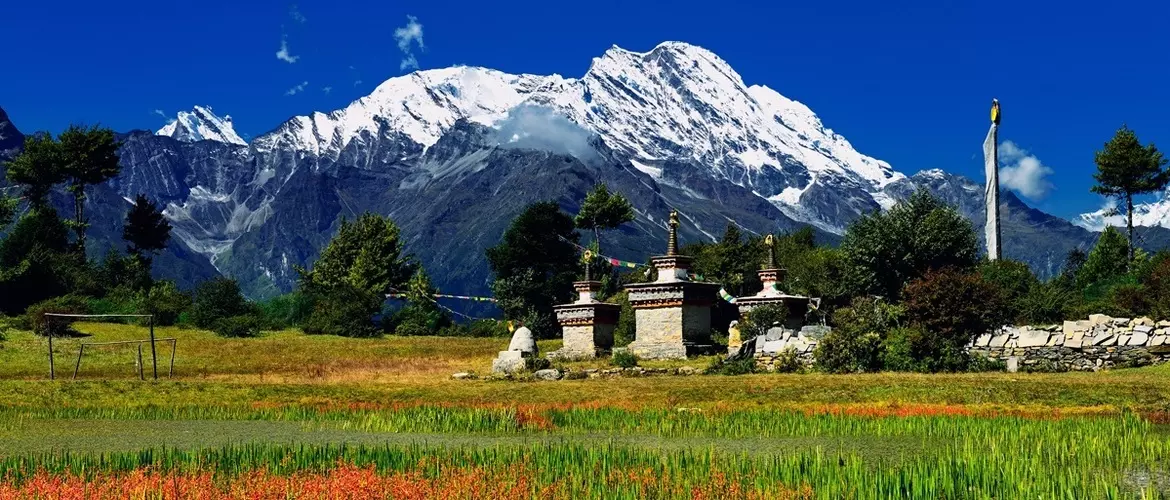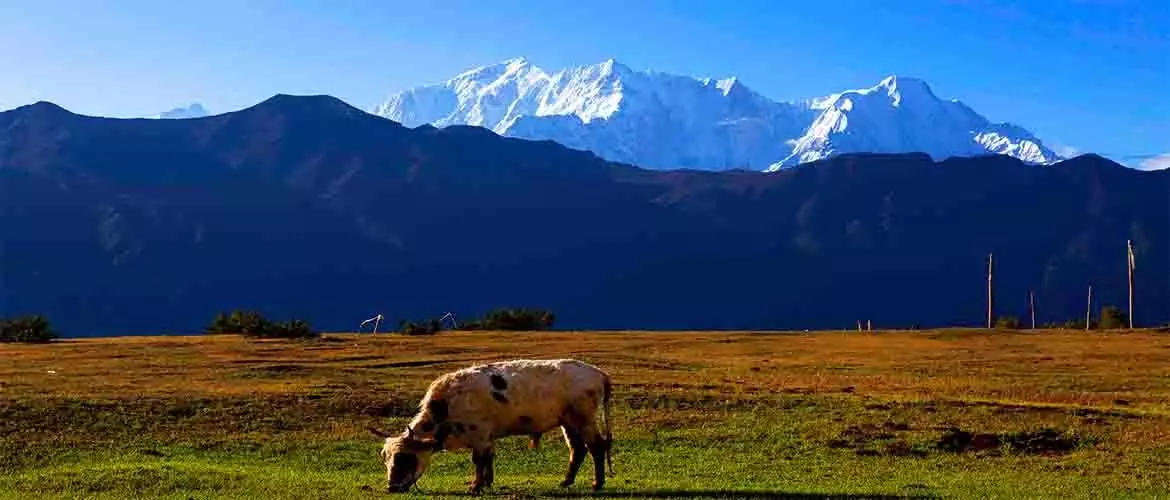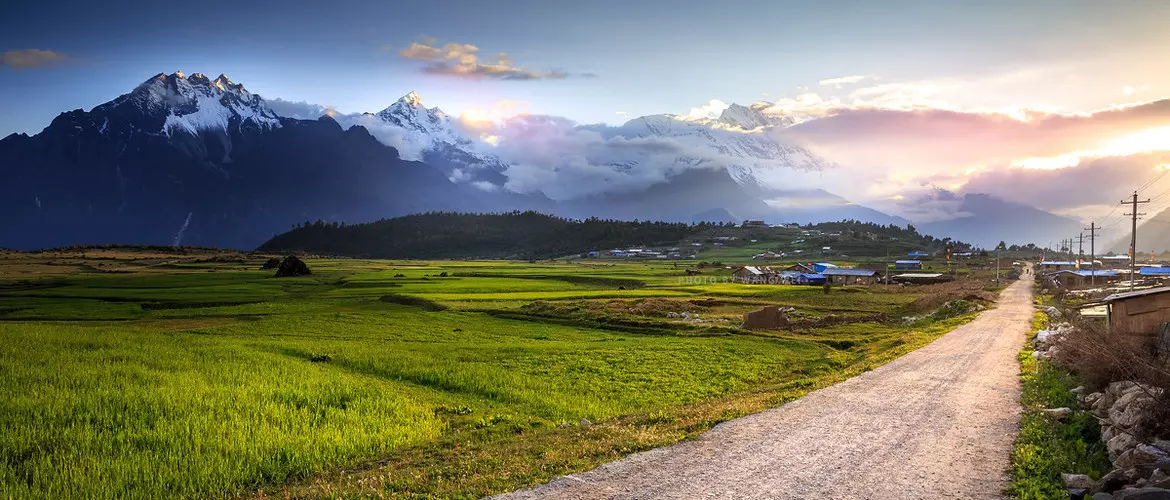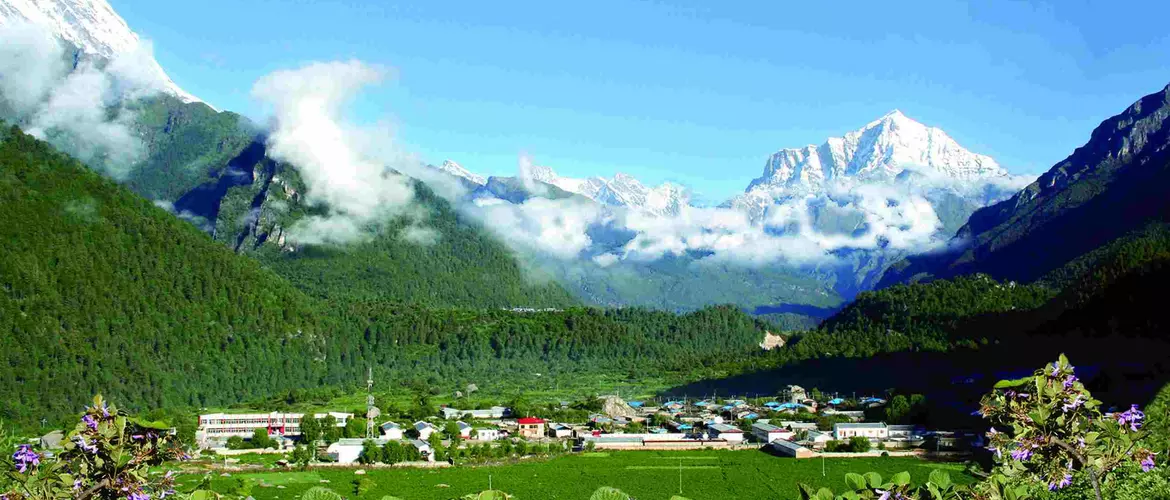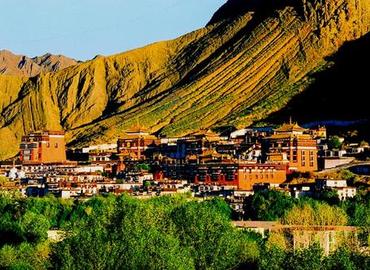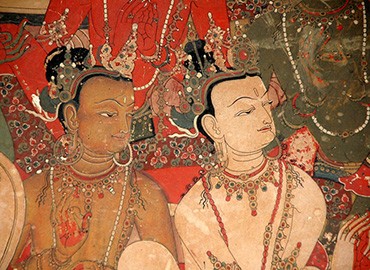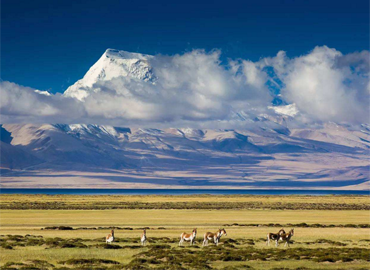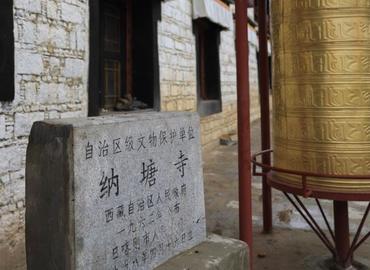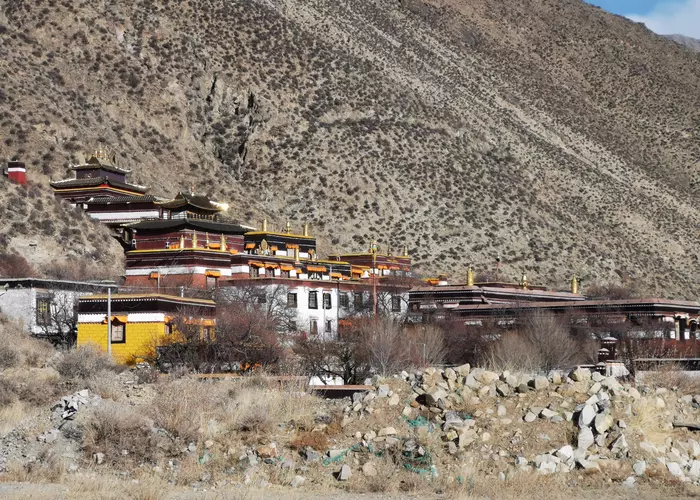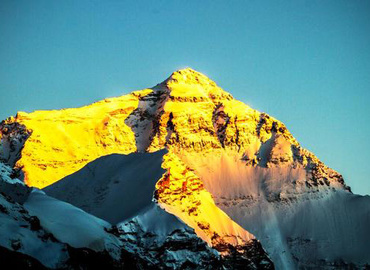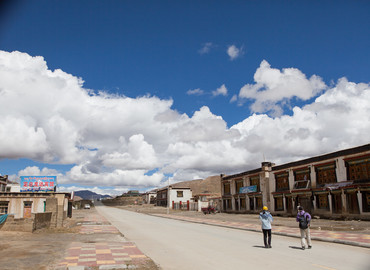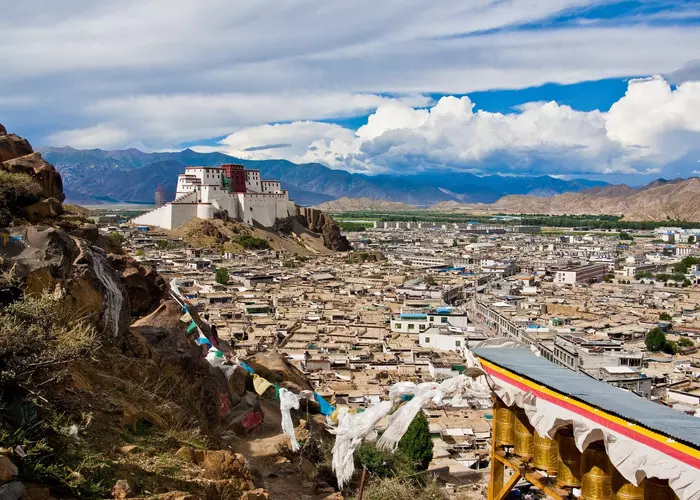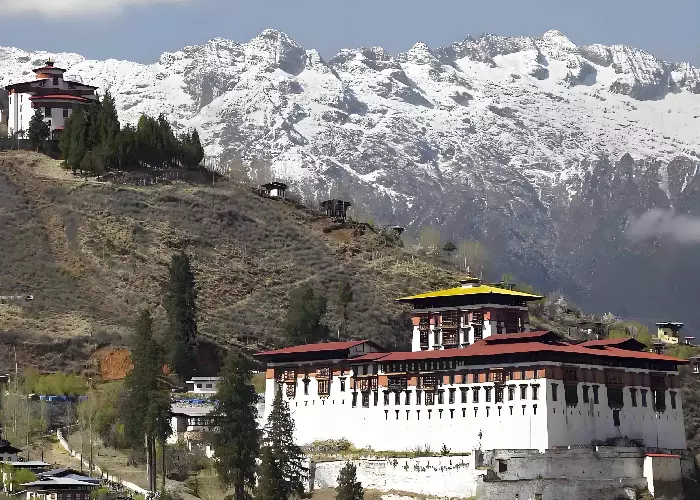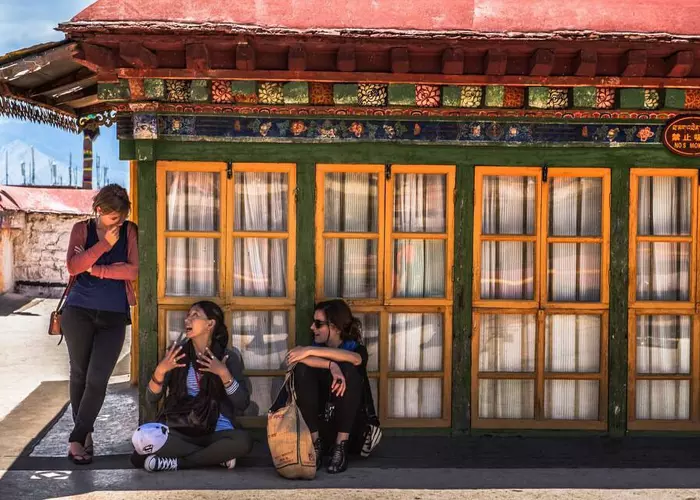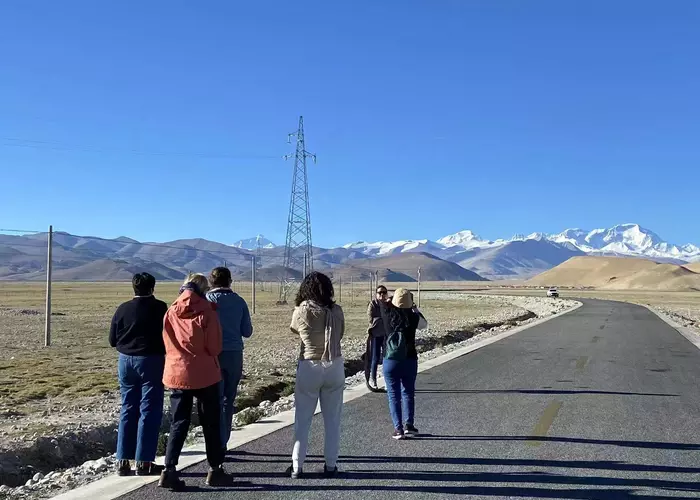Known as the "Back Garden of the Himalayans", Gyirong Valley is a beautiful secret place deep in the Himalayas. There is a blue sky, white clouds, snow-capped mountains, pastures, pastoral terraces like oil paintings, and wildflowers growing everywhere, fragrant and fresh. The most famous viewing spots here are two unique villages located on the top of the mountain - Nai Village and Zha Village. The length of Gyirong Valley is 93 kilometers - from Zongga Town, the county seat, to Resuo Village, with the Gyirong Port at the bottom. It is the westernmost of the five ditches in the Shigatse. It is located under the Shishapangma Peak and next to Peikutso Lake. In Tibetan, it means "Comfortable Village, Happy Village".
Climate in Gyirong Valley
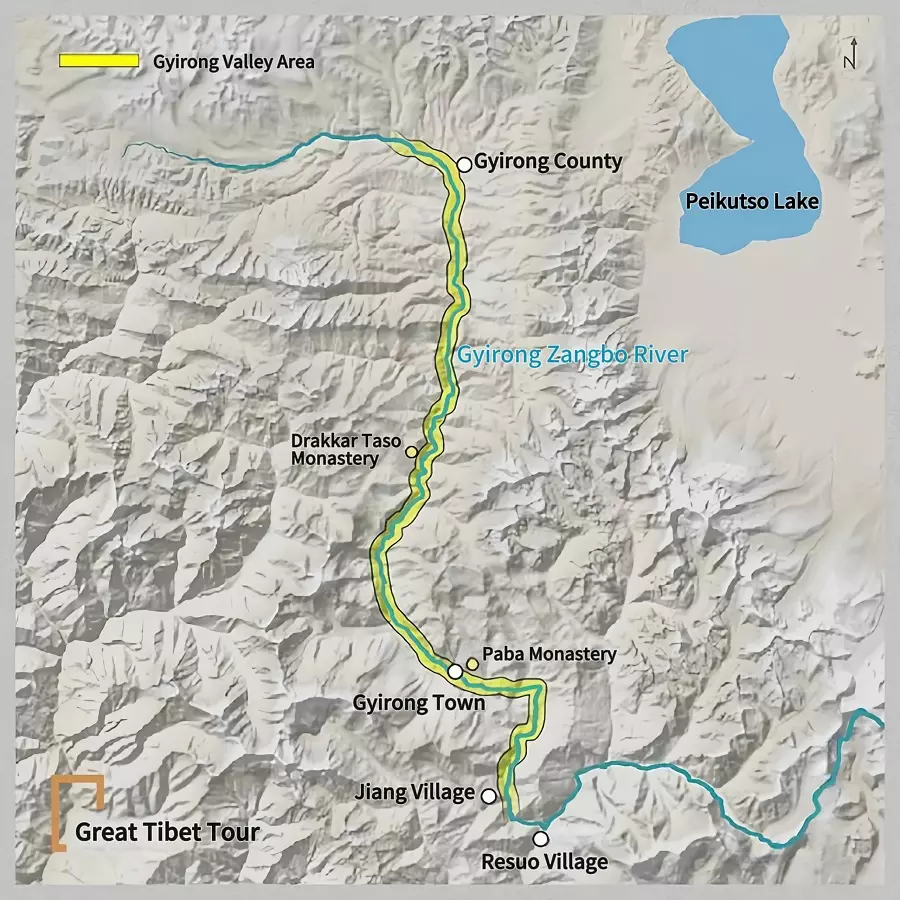
Gyirong Valley is famous for its mild climate which is pretty much unusual for the Himalayan and Tibetan Plateau. With its mild climate, it nurtures an abundant number of floras and faunas. In fact, it is referred to as a "Gene Pool" because of the wide varieties of plant and animal species that inhabit this place.
The southern tip of Gyirong Valley has an altitude of around 1,700 meters. Gyirong Valley then gradually rises to 7,000 meters in its northern part. This great discrepancy in altitude gives Gyirong Valley unique weather and ecosystem. Warm and wet airflows moving from the Indian Ocean northward hit the slope of the Himalayan Mountains. This warm and wet breeze gradually mixes with the cool breeze from the north giving this valley landscape of 6 radically distinctive ecosystems.
The northern part of Gyirong Valley has a cold and semi-arid continental climate. The southern part of Gyirong, on the other hand, is subtropical. Its winters, moreover, are rainy and abrupt. This gives the southern part warm and wet weather like spring where flowers blossom throughout the year.
Gyirong Valley is an essential part of the Himalayan National Natural Reserve. It has the largest area among the reserves in this part of the world and is home to beautiful species of flora and fauna. For this reason, Gyirong Valley is also referred to as the "Himalayan Back Garden."
Recently, geologists have discovered fossils of a three-toed horse in western Gyirong. This implies that several million years ago, in the Pliocene Epoch, this area was only around 500 to 1,000 meters above sea level and grassy, which was a far cry from its present altitude of around 4,000 meters and above.
Gyirong Valley from Nepal
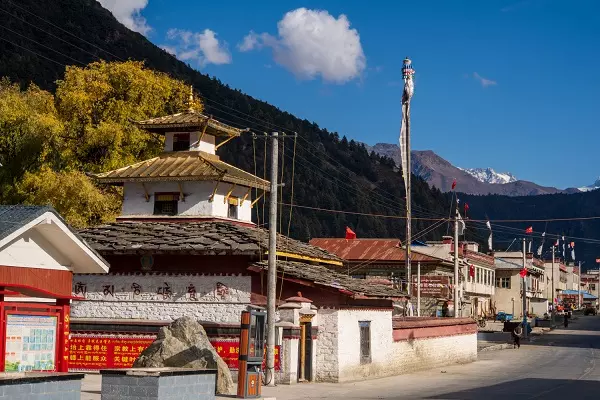
Gyirong County had been a major trade route between Nepal and Tibet throughout the centuries. In fact, several times in the past, the Nepalese military had used Gyirong County as their entry point to invade Tibet. Gyirong County, however, has gained new prominence as an important route between Nepal and Tibet after the Gyirong Port opened in 2017.
Earlier in 2015, all overland routes to Tibet from Nepal, including the Zhangmu Border Port, ceased operation after the powerful Nepal earthquake. Good enough, on August 30th of 2017, Gyirong Port opened and since then has served as the major access point to Tibet from Nepal. Hence, from Kathmandu, Nepal, you can visit the Gyirong Valley via the Gyirong Port.
Gyirong Port is situated at Resuo Village, Gyirong Town. It is around 175 km from Kathmandu. The road condition, however, is really bad, and it may take you 9 hours of travel from Kathmandu to reach Gyirong Port. Gyirong lies on the Tibetan side of the border bridge called “Resuo Bridge.”
From Kathmandu, you will travel north to Bidur—the largest town along the way. From Bidur, you’ll pass the fringes of the popular Langtang National Park before reaching the border of Nepal and the Rasuwagadhi Fort before crossing the Resuo Bridge.
On the other side of the Resuo bridge is the Gyirong Port, where there is a Chinese immigration checkpoint. From Gyirong Port, you move towards Gyirong County where the Gyirong Valley is located.
Gyirong Valley from Tibet
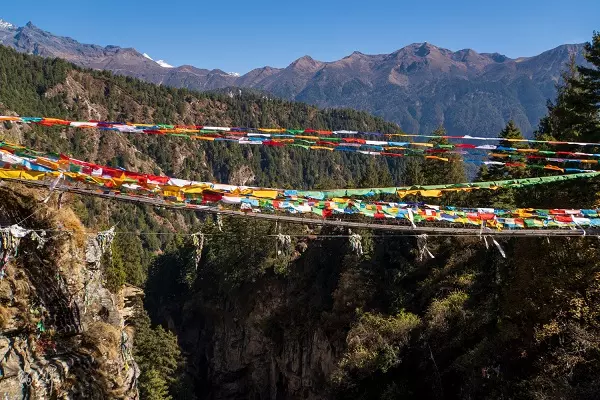
Gyirong Valley is around 500 kilometers from Shigatse—the second largest city of Tibet—and around 820 kilometers from Lhasa. If you are coming from Lhasa, it will take you around 20 hours to reach Gyirong Valley. It will also take you a twelve-hour drive through circuitous roads and mountainous trails if you are coming from the city of Shigatse.
Along the way, you will drive through five mountain passes that have altitudes of 5,000 meters or more. Once you reach the capital of Zongga, you will still have to travel 70 kilometers south to reach the very heart of the Gyirong Valley.
Conclusion
Visiting Gyirong Valley is indeed a once-in-a-lifetime experience. So, if you are a wanderlust who has a strong desire for great adventures, you should never hesitate to visit this lovely Himalayan Back Garden!
Lhasa- EBC- Kailash- Gyirong- Kathmandu- Paro- Punakha- Paro
Explore the core of Tibetan Buddhism culture and experience a purification of the spirit.
Kathmandu-Tingri-Shigatse-Lhasa
A legendary trip across the Himalayas and an exploration of ancient monasteries, EBC and Tibet's mysterious landscapes.
Kathmandu - Gyirong - Saga - Kailash Kora - Kathmandu
This adventure is tailor-made for pilgrims looking for a Kailash spiritual journey from Kathmandu by land.
Email response within 0.5~24 hours.


